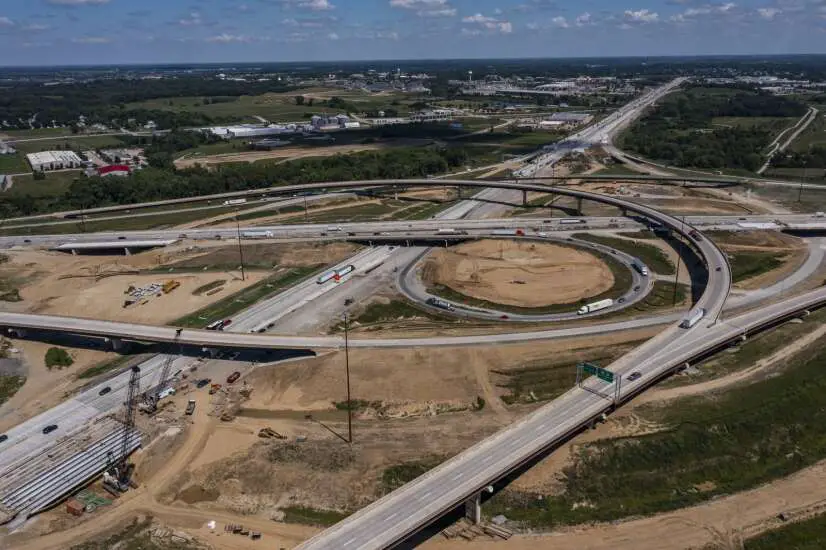After years of planning, design, and development, the Iowa Department of Transportation (Iowa DOT) recently staged a ribbon-cutting ceremony to commemorate the upcoming opening of the new I-80/380 interchange.
The new junction is intended to alleviate previous safety concerns about how people get on and off interstates. Furthermore, it is projected to provide economic opportunities to Eastern Iowa.
“Certainly, replacing those old clover leaf ramps with higher speed directional ramps makes for a much safer interchange.” “There is no need for people to slow down,” said DOT Representative Cathy Cutler during the ribbon cutting event.
Also Read: Construction begins at Union at North Crossing, Waterloo, Iowa
The $380 million renovation will be completed months ahead of schedule.
Key commentators at the Iowa DOT I-80/380 interchange ceremony
“We’re very excited about the benefits of semi truck traffic flow.” “We expect distribution companies to start looking at Tiffin as an ideal location because it’s right in the centre of the country.” Tiffin Mayor Steve Berner said at the event.
“We move a lot of grain and a lot of Iowa goods through this area. Knowing you can get through the area on time and won’t be delayed really helps boost economic development for the area.” Cutler said.
The ramp is anticipated to improve the efficiency with which semi-trucks and other deliveries are delivered to their destinations.
The project, which began in 2018, replaced the four loops of the cloverleaf intersection with directed ramps. I-80 was also enlarged on both sides of the intersection. Additionally, I-380 was widened north of I-80, and Highway 218 was widened south of I-80.
During a Friday morning ribbon cutting ceremony on the not-yet-open Highway 218 northbound ramp to I-80 westbound, Iowa DOT Director Scott Marler claimed the upgrades will make a typical travel 35% more dependable and reduce traffic delays by 64 million hours over the next 30 years.
